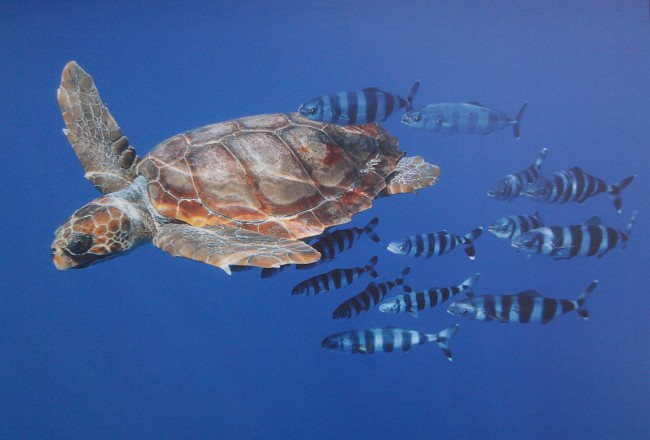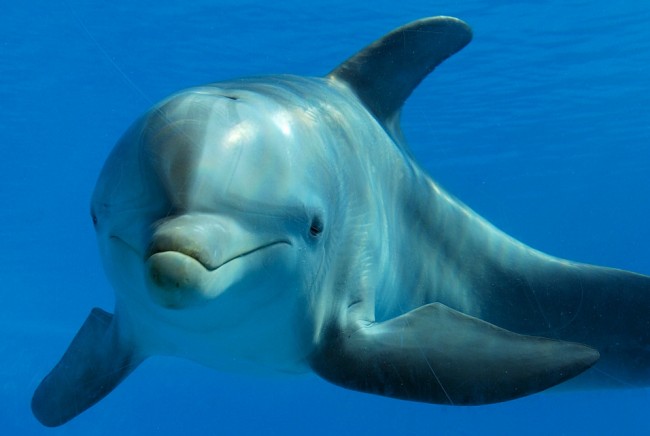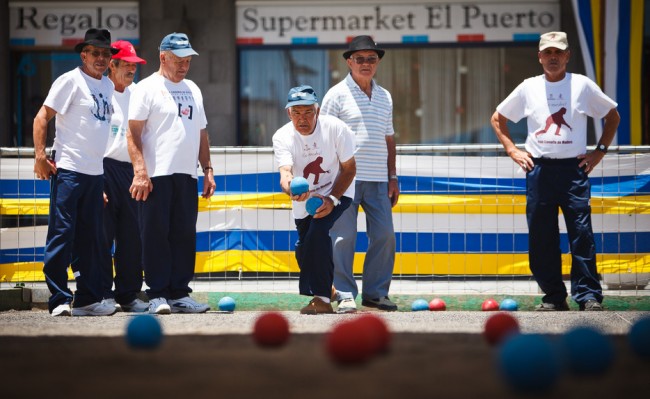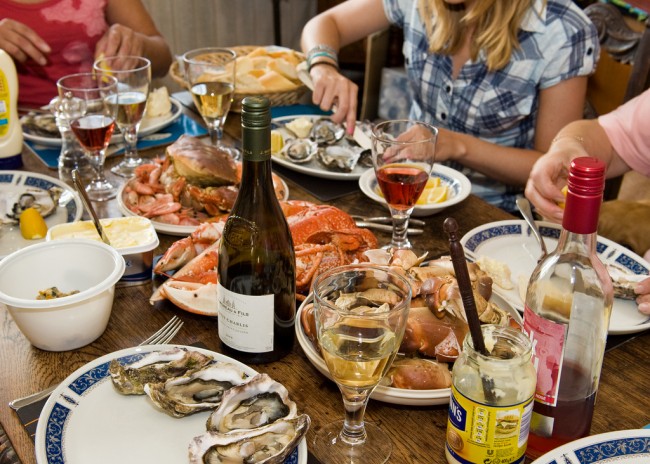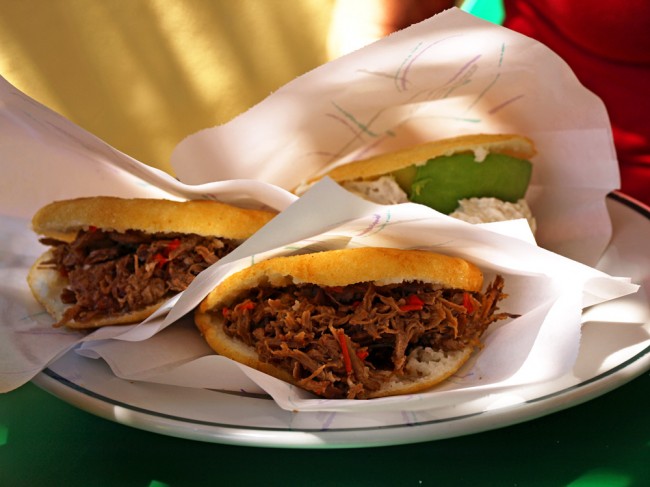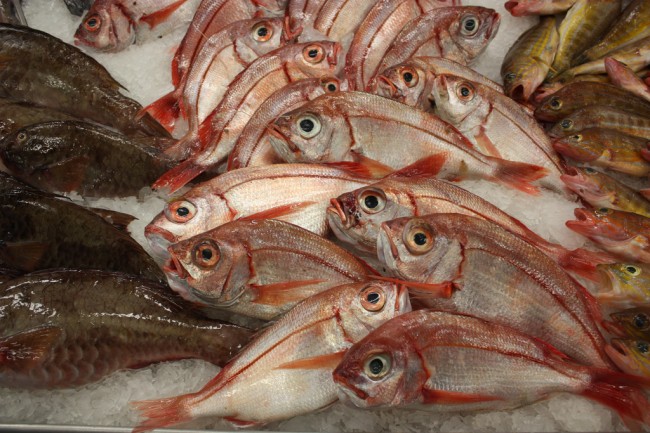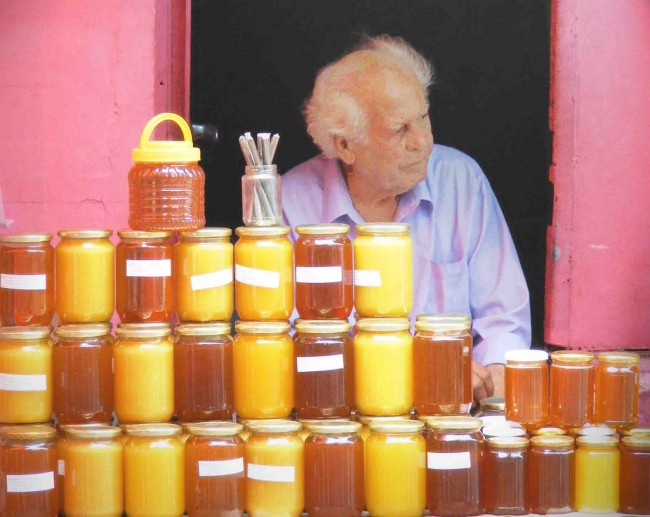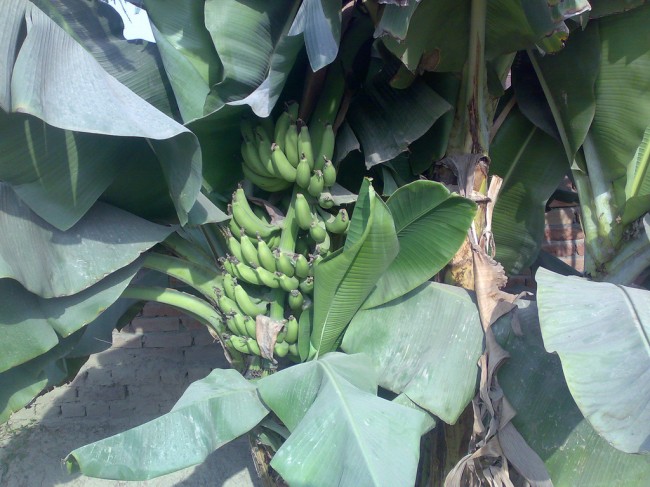Tenerife (spanish. Tenerife) -an island in the Atlantic Ocean located in the Canary Islands Archipelago , together with the Azores, Madeira, Cape Verde and the Wild Islands are part of Macaronesia (from the group. Happy Islands). Located north of the Tropic of Cancer, occupying a central place among other islands of the archipelago: Gran Canaria to the east and La Gomera and La Palma to the west. The island is located approx 300 km from the African continent (states: Morocco and Western Sahara) and approx 1000 km from the Iberian Peninsula (states: Spain and mainland Portugal). It is the greatest (surface 2034,38 km²) and the most populous (about 900 thousand. residents) island in the Canary Islands archipelago . Tenerife, although geographically located in North Africa, it is an integral part of Spain and the European Union. The currency on the island is Euro, and the official language is Spanish. You can also communicate with the residents in English and German, there are also some information boards in these languages. Santa Cruz de Tenerife is the largest city on the island and also its capital. Is also, together with Las Palmas de Gran Canaria, the capital of the autonomy of the Canary Islands. In Tenerife, we can admire two sites recognized by UNESCO as World Cultural Heritage - San Cristobal de La Laguna (considered the cultural capital) and Las Cañadas del Teide National Park.
HISTORY.
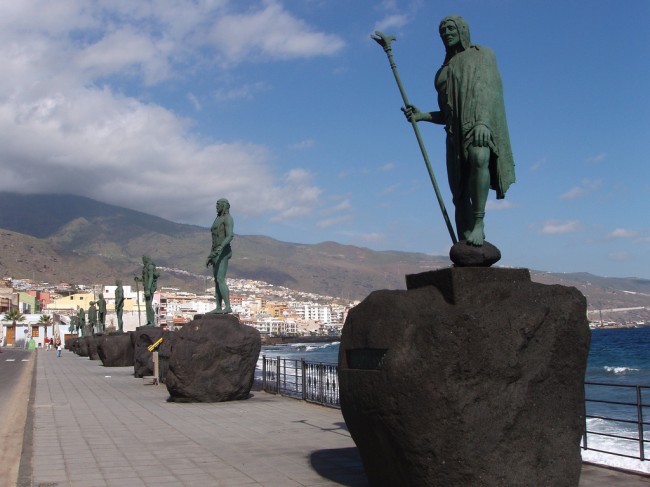 legend has it, that Tenerife is a remnant of the lost Atlantis. Greek and Roman mythologies identified the islands behind the Columns of Hercules, at the end of the known world, with the Happy Islands, The Garden of Hesperides, Champs Elysees and Atlantis. The unconfirmed hypotheses date the first settlement to the 12th century BC. Archaeological research and analysis show, that people appeared in Tenerife around 200 year BCE. Do 1402 year, that is, until the arrival of the Spanish islands, it was inhabited by Guanches (the name given by the Spaniards). The lands of each island were divided among tribes or kingdoms, not dependent on each other. There was also no contact between the islands, for the Guanches did not navigate. According to reports, they had fair skin and hair, and blue eyes. In the light of recent studies, they were a people of Berber origin and previous hypotheses about Celtic origin or, that they were descendants of the Vikings have not been confirmed. They left behind a trace of their presence on the islands, in its many caves, murals and wall engravings. When it comes to religious beliefs, the Guanches were polytheists and worshiped holy places, mainly rocks and mountains (e.g. Teide in Tenerife). As a curiosity, you can add, that the Guanches mummified their dead, and they made statues of idols out of mud and stone. 12 of December 1495 in the Battle of Acentejo, the Guanches were defeated by the Spanish conquistadors and either exterminated or taken to Europe as slaves. The remnants of the indigenous people quickly assimilated and converted to Catholicism, and their tongue was forgotten. The Spaniards found the city of La Laguna, which was the first capital of the island (to year 1723). The location in the interior of the island was dictated by security reasons, for the coasts were plagued by English pirates. A large amount of rainfall in this area provided a freshwater supply. 25 July 1797 Tenerife was attacked by the British fleet. The target of the attack was Santa Cruz de Tenerife, seat of the Spanish authorities. The attack was commanded by Horatio Nelson, who lost his right arm in battle. Initially, the island and the entire archipelago experienced a period of prosperity, There were transit ports for shipping to the Americas. Gradually, however, the island lost its importance, and basic products: cane sugar and carmine were forced out of the market by cheaper competition. W 1821 the island was incorporated into Spain as a province with the capital of Santa Cruz de Tenerife. W 1936 Tenerife was captured by the troops of General Franco. Under his rule, the island fell into economic trouble. In years 50. the situation was so dramatic, that many inhabitants immigrated to Venezuela. In the early years 60. the island has been turned into a tourist zone, initially for British tourists. During this period, MS Batory from Poland sailed to Tenerife and neighboring Gran Canaria from the so-called. "Orbis trips".
legend has it, that Tenerife is a remnant of the lost Atlantis. Greek and Roman mythologies identified the islands behind the Columns of Hercules, at the end of the known world, with the Happy Islands, The Garden of Hesperides, Champs Elysees and Atlantis. The unconfirmed hypotheses date the first settlement to the 12th century BC. Archaeological research and analysis show, that people appeared in Tenerife around 200 year BCE. Do 1402 year, that is, until the arrival of the Spanish islands, it was inhabited by Guanches (the name given by the Spaniards). The lands of each island were divided among tribes or kingdoms, not dependent on each other. There was also no contact between the islands, for the Guanches did not navigate. According to reports, they had fair skin and hair, and blue eyes. In the light of recent studies, they were a people of Berber origin and previous hypotheses about Celtic origin or, that they were descendants of the Vikings have not been confirmed. They left behind a trace of their presence on the islands, in its many caves, murals and wall engravings. When it comes to religious beliefs, the Guanches were polytheists and worshiped holy places, mainly rocks and mountains (e.g. Teide in Tenerife). As a curiosity, you can add, that the Guanches mummified their dead, and they made statues of idols out of mud and stone. 12 of December 1495 in the Battle of Acentejo, the Guanches were defeated by the Spanish conquistadors and either exterminated or taken to Europe as slaves. The remnants of the indigenous people quickly assimilated and converted to Catholicism, and their tongue was forgotten. The Spaniards found the city of La Laguna, which was the first capital of the island (to year 1723). The location in the interior of the island was dictated by security reasons, for the coasts were plagued by English pirates. A large amount of rainfall in this area provided a freshwater supply. 25 July 1797 Tenerife was attacked by the British fleet. The target of the attack was Santa Cruz de Tenerife, seat of the Spanish authorities. The attack was commanded by Horatio Nelson, who lost his right arm in battle. Initially, the island and the entire archipelago experienced a period of prosperity, There were transit ports for shipping to the Americas. Gradually, however, the island lost its importance, and basic products: cane sugar and carmine were forced out of the market by cheaper competition. W 1821 the island was incorporated into Spain as a province with the capital of Santa Cruz de Tenerife. W 1936 Tenerife was captured by the troops of General Franco. Under his rule, the island fell into economic trouble. In years 50. the situation was so dramatic, that many inhabitants immigrated to Venezuela. In the early years 60. the island has been turned into a tourist zone, initially for British tourists. During this period, MS Batory from Poland sailed to Tenerife and neighboring Gran Canaria from the so-called. "Orbis trips".
GEOGRAPHY.
Tenerife is an island of volcanic origin, created around 30 million years ago. It has a mountainous surface cut by numerous ravines and a varied coastline. The highest point is the crater of the El Pico de Teide volcano 3718 m n.p.m., it is also the highest peak in Spain. The last volcanic eruption in Tenerife, it had happened 18 November 1909 years and lasted for 10 days. In addition, administratively, Tenerife also includes approx 200 small wasteland islands. Most often they are large rocks protruding from the water. Tenerife is known in the world as the "Island of Eternal Spring", and it owes it mainly to the trade winds blowing in these latitudes. Blowing from the north-east, it creates the so-called. "Sea of clouds" in the northern and north-eastern part of the island at an altitude of 600 do 1500 m.n.p.m. Despite its small area, the island has a diverse climate. This is due to the fact that it is divided by a high mountain range. The northeastern part of the island has a humid climate, with fog and precipitation. The south-west part has a dry climate. Temperature fluctuations are smaller, and the annual average temperature fluctuates around 25 °C. This information relates to the coast of the island. As altitude increases, average temperatures decrease, and the amount of rainfall increases. Despite the short distance between the mountain towns and the coast, there are large temperature differences (even over 10 °C) and rainfall. In winter, the El Pico del Teide crater is often covered with snow. Climatic conditions also affect the vegetation. The north-eastern part of the island is green and has good conditions for agriculture, the south-western part is poor in vegetation. Long Canary Island pine grows in the higher parts of the island, soft needles, having the ability to absorb water from fog. Na stokach wulkanu El Pico del Teide utworzono park narodowy Las Cañadas del Teide National Park. An interesting phenomenon in the Canary Islands is also the so-called. haze (read. fifth), which is the result of the sirocco blowing from the Sahara periodically. It carries dust and sand particles, which sometimes become very dense and can persist for several days. The mountainous terrain and the variety of climates on the island give us an area rich in landscape forms. Teide National Park, Los Gigantes cliffs with vertical walls protruding approx. 600 meters above the ocean surface , semi-arid areas in the south with drought-resistant plants. Laurel forests, being relict vegetation from the Tertiary in the Anaga Massif, natural sandy beaches (the dune) and vast coniferous forests in the higher parts of the mountains wonderfully diversify the landscape. Tenerife's climatic and landscape diversity corresponds to the abundance of ecosystems and microclimates, each with its own characteristic flora and fauna..
NATURE.
The flora on the island has approx 1400 species, including 200 endemic species, unique to a given area of the Canary Islands, of which 140 occurs only in Tenerife. The fauna includes approx 400 species of fish, 56 bird species, 5 reptile species, 2 amphibian species, 13 species of land mammals and several thousand species of invertebrates. Several species of sea turtles live in the coastal waters, whales and dolphins. Animals brought from other countries live in the wild in the natural park, m.in. parrots or gorillas.
Grindwal crankshaft (Tropical calderon)
Just a few miles from the tourist resorts of Los Cristianos and Las Americas, in the south of the island, there is one of the most numerous colonies of short-finned pilot whales in the world called by the Canarians. A species of cetacean belongs to the dolphin family, although its behavior is more like a whale. It is related to the pilot whale. It has black or dark gray skin. At the time of birth, it measures 1,4-1,9 m in length, while adult specimens have from 3,5-6,5 m long and weigh from 1 do 4 your. These cetaceans live in herds of 10 do 30 specimens (sometimes more). Watching these and other cetaceans is very popular in Tenerife, where legal regulations restrict this activity in order to protect the habitat and way of life of the colony.
Loggerhead turtle (Stupid turtle)
Sea turtle found off the coast of Tenerife in the summer period. The carriage called "tortuga boba" visits the islands of the archipelago mainly during the summer period, where it comes from its main breeding areas located in North America, in Cuba and the Gulf of Mexico. Karapaks ma 120 cm in length. Body weight up to approx. 100 kg but individuals weighing are known 500 kg.
Bottlenose dolphin (Bottlenose dolphin)
The whale inhabiting the coast of the southern part of Tenerife. The bottlenose dolphin is one of the most common and widespread dolphin species, in Tenerife called "Tonina". It is a typical representative of warm waters, like these, which surround the southern coast of Tenerife. To see it in its natural environment, it is enough to go on one of the sea excursions, organized all year round or for diving.
CULTURE.
Architecture.
Tenerife was conquered at the end of the 15th century., that is, when the Middle Ages ended in Europe, and in some countries the first symptoms of the nascent Renaissance were already visible. In Spanish architecture during this period, one can see a great influence of Arab culture and the presence of Moors (from which the Mudéjar style was created). Villages and towns are hidden in the mountains. Colonial-style houses with extensive balconies. The central patio, where the well is usually located, is surrounded on four sides by galleries, colonnade and vegetation.
CANARY SPORTS.
Canary ball.
Canary ball („Canarian ball”) it is very similar to a petanka, because, it also involves throwing a ball, but with this special property, that the balls are heavier than the petanki, and the pitch, which is played, is larger. Canary ball began to be played on the islands with stones, then the balls were made of wood; until today most of them are made of resin. There are many people practicing this sport in Tenerife.
Stick martial art.
The "stick game", stick martial art, it is a direct result of the evolution of attack and defense techniques used by the Guanches, the former inhabitants of Tenerife. Today, this sport is a kind of fencing, in which two players armed with wooden sticks take part, held with both hands. There are stick martial arts schools in many places in Tenerife.
Shepherd's jump.
Shepherd's jump („Jump of the shepherd”) has already been practiced, by Canarian aborigines in order to move from one place to another, overcoming gorges and rugged terrain. To do this, they helped each other long, a wooden pole with a metal spike called regatón, at one of its ends. Such a pole was the tool of the shepherds' work and thanks to it, with great dexterity and skill, they could move quickly, overcoming significant differences in the height of the terrain. Today, this practice is purely for entertainment.
Lifting or pressing stones (lifting or striking of stones).
("Lifting or striking of stones") There are chronicles describing the strength and ability of the Canarian aborigines to lift heavy stones. This discipline was to lift the stone as high as possible, above the shoulder and ejection forward or backward, leaning against your breast and walking with it as far as possible.
KITCHEN.
Lick your fingers, i.e. the specialties of the Canarian cuisine.
Local cuisine often teaches more about the culture of the region than many museums or monuments. Wherever I am, So I try to try local specialties, which is often quite a challenge, because it, which for the natives is an unbeatable delicacy, does not necessarily appeal to visitors. However, in the case of Canarian cuisine, the problem for me was to refrain from eating, because the food here is simply delicious! On the other hand, people who do not like fish and seafood, may not share my opinion, because the basis of Canarian cuisine are crustaceans and molluscs. Due to numerous emigration, many of the dishes popular in Tenerife come from South and Central America, hence the trip to Tenerife can be treated as a double cultural experience. There are a lot of dishes, there is a lot to choose from. Below are selected items worth recommending:
mojo
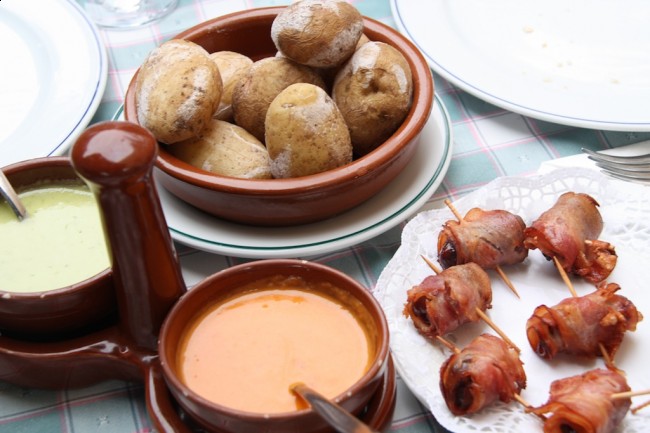
It is one of the most popular elements of Canarian cuisine, because it can be used as an addition to almost anything - meat, fish, potatoes, etc.. It is a sauce made of olive oil, vinegar, garlic, salt and various spices as well, depending on the type - coriander for green mojo and paprika for red mojo.
arepa
It is one of my favorite Canarian specialties. It comes from Venezuela, with which Tenerife is strongly culturally related. Arepa is the Latin equivalent of a hamburger - a hot roll with a filling. Except that a corn roll, not a wheat one, and the filling can be anything - from cheese, vegetables, mushrooms, seafood to meat. Two arepas that I had the opportunity to try in Tenerife in a special bar serving only these specialties included squid and tortillas with mushrooms. Lick your fingers!
Generally, Canarian cuisine is rich in seafood, the variety of which can make you dizzy. Tried and worth recommending by me are, among others: SQUID, CHOPITOS and CALAMARES, different varieties of squid. They belong to the seafood with a rather delicate flavor and, as a rule, are soft. LANGOSTINOS are often served as a side dish. It is something between a large shrimp and a lobster. They taste best with mojo sauce. CHOCO means sepia or cuttlefish in Polish. In the past, they were used to produce ink, which served as a sepia paint - hence the famous name. Grilling or baking is a popular way to prepare cuttlefish in Tenerife, served with mojo and potatoes. Speaking of potatoes, I had the opportunity to try two types. The first is BATATAS (another South American influence) - large size orange potatoes, with a rather intense sweet taste. If someone cannot imagine sweet potatoes for dinner, an alternative is PAPAS - small potatoes with a fairly neutral taste, which are cooked in their jackets and are a great addition to meat or fish. BACALAO ENCEBOLLADO or cod in onion is a good alternative to these, who would like to try something traditional from the Canary Islands, however, they are not entirely convinced of squid, crawfish and lobsters. It is a fish baked with onion and depending on the creativity of the cook, also with other vegetables. GOFIO baked and ground grain. It is the only food ingredient that comes from island aborigines, which is still enjoyed by today's Canary Islanders. It tastes strange and is hard to even describe. It resembles dark watery bread. In its bright times, gofio was one of the main ingredients of Canarian cuisine and it replaced bread.
churros
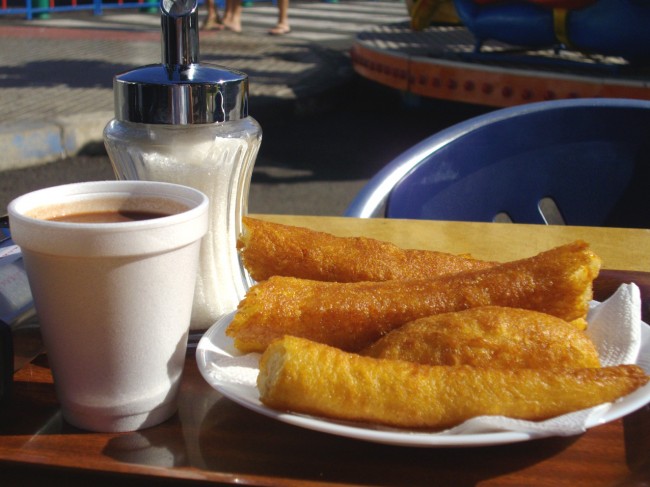
they do not come from the Canary Islands - it is an invention of mainland Spain, however, they are very popular in Tenerife. These are pieces of dough fried in deep oil, something between our donuts and faworkami. They are usually served for breakfast with thick hot chocolate. Finally, I recommend trying other specialties, maybe not coming from Tenerife anymore, but very popular there, like JAMÓN SERRANO or raw smoked ham, delicious cheeses - both yellow (CHEESE), which are usually sold in a piece, often with a topping of paprika and white (WHITE CHEESE), which taste completely different than the Polish ones - they lack the sour aftertaste characteristic of Polish cheeses. In addition to the above, be sure to try Canarian drinks, such as the local DORADA beer or wine, which are usually sweet and quite heavy.
fish
Among those, which you can catch in the nearby coastal waters most appreciated, because of its delicious and delicate taste, there is a fish vieja (read. "Vieha"). It is usually served stewed, with green mojo verde sauce (read. Green Mojito) or spicy red mojo rojo (read. moho roho) and papas arrugadas potatoes or as an ingredient in a more sophisticated dish. Outside vieją, the other most desirable fish in island cuisines is pagrus (black horn), bream (same), sardine (sardine), tuna (tuna) and a wreck (black), which can be prepared in many ways. One of the dishes is a stew, served especially in the north of the island. You can mix gofio with fish broth (seared and ground cereals, which were already part of the food of the Guanches), to prepare a typical dish of great appreciation: scald. Rabbit and goat meat is most often selected from the meats. The traditional dish is potatoes cooked in their shells, the so-called. wrinkled potatoes.
honey
Honeys are also worth recommending. In Tenerife we will meet delicious multi-flower honeys from the coast and the mountains of Tenerife, they have an amazing character, a note of all possible floral combinations. But we can also find honey, in which the nectar comes from one or a very small number of plants. Among them are honeys such as the one from Teide gorse, which is created in the spring and summer period, at a height of over 1500 meters. Very light amber color, with yellow tones, it has a delicate aroma with a warm vegetable note and a mild flavor. Honey is also made from Żmowiec (with a delicate flavor), chestnut, avocado (with a dark color and a characteristic scent of caramel and ripe fruit), heather and others.
bananas
Canary banana flavor, the main crop in Tenerife and the entire Canary Islands, it is impossible to go wrong with any other. The same is with its quality, which, according to experts, has no competition around the world. Here, bananas are grown under ideal climatic conditions and at an optimal height, to which one should add the fact, that the volcanic soil of the island is perfectly suited for this purpose. As a result, we get a little fruit, yellow and with small dark spots on the skin, which set it apart from bananas grown elsewhere.
fault
Red wines, White, pink… such, which you like the most or feel like: enjoy a good glass of wine in a unique setting in Tenerife. The climate and geology of the island give it unique properties to produce fine wines of great variety. The history of winemaking in Tenerife dates back to the 16th century. He was probably a Portuguese this one, who in 1497 year he planted the first vines in Tenerife.
white wines
Tenerife produces three delicious varieties of white wine. The white wines of Tenerife were the first wines produced on the island.. Introduced by the conquistadors, quickly gained great fame in Europe, first of all malmasia (malvasia), whose grapes came from Greece. Today, three delicious varieties of white wines from Tenerife: dry, semi-dry and barrica, are present in every good restaurant and hotel on the islands and are the perfect accompaniment to tasty Canarian fish and seafood dishes.
rosé wines
With less production, have recognized and awarded quality. The rosé wines from Tenerife are also numerous, although their production is lower than that of white and red wines. Their existence is an expression of the richness of the island's ecological culture, with a wide and varied production, always high-quality and adapted to all tastes and preferences. Some of the best vineyards in Tenerife produce rosé wines of recognized and award-winning quality, and their tasting takes place in every restaurant.
malmasia
Malmasia type wine (malvasia) has become one of the most appreciated in the world. The production of wine made from Malmasia grapes, Greek origin, it was for many centuries and after the conquest of the islands, main economic activity in Tenerife. The famous Canary Sack has become one of the most appreciated wines in the world, if not most, the demand for them in the 16th and 17th centuries was constant in much of Europe. Today, some vineyards uphold this historical heritage and offer authentic Malmasia - both the sweet one, the most traditional, and dry. Małmazja is a shiny wine, golden color and intense aroma. The sweet varieties are perfect as an addition to desserts and as an aperitif with good Canarian cheese.
